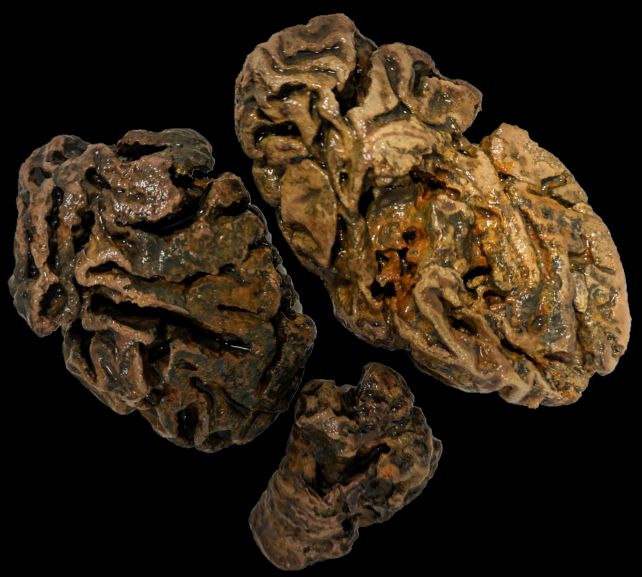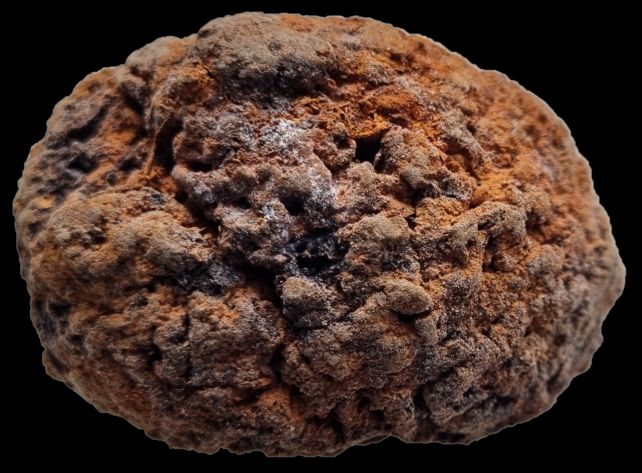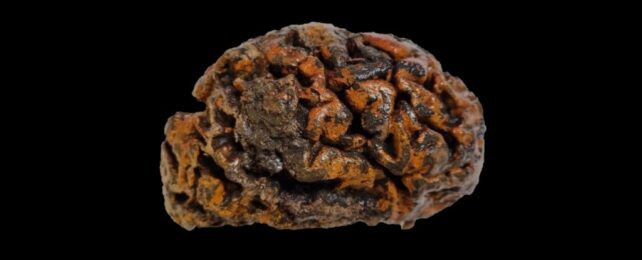The human brain, it turns out, can be surprisingly resistant to the ravages of time.
A new study has cataloged human brains that have been found on the archaeological record around the world and discovered that this remarkable organ resists decomposition far more than we thought – even when the rest of the body's soft tissues have completely melted away.
Led by molecular taphonomist Alexandra Morton-Hayward of the University of Oxford, a team of scientists has identified more than 4,400 preserved human brains, dating back as far as 12,000 years ago. The results contradict previous evidence that the human brain is among the first organs to decay after death.
The discovery, experts say, represents an archive that we can use to better understand our own evolutionary history, and the diseases that afflict us.
"In the forensic field, it's well-known that the brain is one of the first organs to decompose after death – yet this huge archive clearly demonstrates that there are certain circumstances in which it survives," Morton-Hayward says.
"Whether those circumstances are environmental, or related to the brain's unique biochemistry, is the focus of our ongoing and future work. We're finding amazing numbers and types of ancient biomolecules preserved in these archaeological brains, and it's exciting to explore all that they can tell us about life and death in our ancestors."

The archaeological preservation of soft tissue when a body is left to nature (and not artificially preserved via embalming or freezing), is a rare occurrence. Experimental decay studies have shown that the brain is one of the first organs to succumb to decomposition.
It was thought that the preservation of the human brain in a body where everything else but the bones has decayed was an incredibly rare phenomenon – an almost one of a kind event. Morton-Hayward and her colleagues wanted to know how rare it really is, so they embarked on a global search for preserved human brains.
Their work involved carefully perusing all the published scientific literature they could get their hands on, as well as reaching out to historians across the globe. They documented a total of 4,405 preserved human brains from 213 sources reported from every continent in the world except Antarctica, in records dating back to the middle of the 17th century onwards.
The brains were from a variety of environments, including a mass grave from the Spanish Civil War, where brains were preserved even with devastating gunshot wounds; the sandy deserts of Ancient Egypt; victims of Incan ritual sacrifice at the dormant Llullaillaco volcano around 1450 CE; the 220 BCE Tollund Man, found in a peat bog; and the bank of a lake in Stone Age Sweden.
The environmental conditions in which the brains were found were correlated with pathways to natural preservation. These include dehydration, freezing, tanning (such as in peat bogs), and saponification, in which fats turn to wax-like moulds.
And there was something else that stood out. Of the 4,405 brains, an incredibly high number – 1,308, nearly a third of the total – were the only soft tissue structure that survived in otherwise completely skeletonized remains. And these were all among the oldest brains, too, with ages as great as 12,000 years.

The method of preservation of these brains could not be linked to natural preservation conditions. They were found in locations such as shallow and mass graves, tombs, shipwrecks, burial mounds, and even decapitated heads. This, the researchers say, suggests that there may be a soft tissue preservation mechanism that is specific to the central nervous system.
What that mechanism might be is still a giant question mark, but the researchers think it could be an interaction between the molecules in the brain and something in the environment. For instance, proteins, lipids, and sugars in the brain could fuse and form stable polymerized macromolecules in the presence of certain metals, such as copper, which is abundant in the brain.
The researchers plan to investigate this fascinating phenomenon in greater detail to determine how it could happen. But there is so much more we have to learn from what these scientists have uncovered.
"The archive compiled here represents the first step toward a comprehensive, systematic investigation of ancient brains beyond approximately 12,000 years before the present, and is essential to maximizing the molecular and morphological information they yield as the most metabolically active organ in the body, and among the most commonly preserved soft tissues," the authors write in their paper.
"Ancient brains may provide new and unique paleobiological insights, helping us to better understand the history of major neurological disorders, ancient cognition and behavior, and the evolution of nervous tissues and their functions."
The research has been published in the Proceedings of the Royal Society B: Biological Sciences.
